January 1, Biden’s Predator Release Plot Sparks Outrage In Rural America
Livestock and agriculture industry groups, as well as state and local governments, are opposing a Biden administration plan to release grizzly bears in a Washington forest area near rural communities.
The groups, including the National Cattlemen’s Beef Association (NCBA), Public Lands Council (PLC), and American Farm Bureau Federation (AFBF), argue that releasing grizzly bears near communities would be detrimental to their members in the region, threaten public safety, and jeopardize future conservation efforts.
Mark Eisele, a Wyoming rancher and incoming NCBA president, said, “Introducing an apex predator like the grizzly bear to a new area of Washington state is a mistake and poses a huge threat to our rural communities and hardworking farmers and ranchers.”
He added that the plan is being pushed by bureaucrats who do not fully understand the harm this species will cause to producers and urged the Biden administration to listen to rural residents and rethink the plan.
PLC President Mark Roeber, a Colorado rancher, stated, “Grizzly bears are 20 times more dangerous than black bears and are well known for their aggressive, fatal mauling.”
He argued that the decision to airdrop bears into a new environment shouldn’t be taken lightly and mentioned his own experience with livestock depredation due to gray wolf populations near his ranch. Grizzly bears, he said, are an even larger predator that “will only cause more harm to our fellow livestock producers in Washington state.”
In late September, the National Park Service and Fish and Wildlife Service proposed a rule and draft environmental impact statement to release grizzly bears in the North Cascades National Park, located in northern Washington along the U.S.-Canada border. The proposal was praised by left-wing eco groups but heavily criticized by local lawmakers and residents.
Under the proposal, the federal government would release up to seven grizzly bears annually into the North Cascades ecosystem over the next five to 10 years, aiming to establish a population of roughly 200 bears in the coming decades.
The NCBA, PLC, AFBF, American Sheep Industry Association, and several local affiliates filed comments on Monday, stating, “In addition to the threat to human safety, the reintroduction of grizzly bears to the NCE will pose a real risk to the economic viability of the ranch and farm families that undergird the rural economy across Washington state.”
They added that there would be significant economic harms to both private and public lands producers, as well as a severe rise in risks to human safety.
The federal plan released in September includes three options, two that would involve actively restoring populations of the threatened grizzly bear species and one “no action” alternative that would maintain current management practices. The public comment period for the proposal expired Monday.
The Chelan County Board of Commissioners, the local governing body near the NCE, wrote in its own comment letter, “We reiterate our opposition to grizzly bear reintroduction given the likely adverse impacts to our local communities and lack of local government engagement by the federal agencies.”
They urged the federal agencies to consider their comments and develop a draft EIS and proposed 10(j) rule that more accurately reflects the current science, management needs, and local community impacts of grizzly bear reintroduction.
Both the Montana and Idaho state governments also weighed in on the proposal, arguing the federal government’s proposal would be harmful. Montana Fish, Wildlife and Parks Director Dustin Temple wrote, “Grizzly bears will occupy a diversity of habitats, regardless of landownership or zonal designation. It is naive to think that there will only be bears on public lands, unless the intent is to manage bears to exclude any that wander onto private land.”
According to the NPS, grizzly bears occupied the North Cascades and served as an “essential part of the ecosystem” for thousands of years. However, in the 20th century, aggressive hunting practices drove the species into near extinction, with the last confirmed sighting of a grizzly bear in the NCE in 1996.
Hugh Morrison, the regional FWS director, said in September that grizzly bears are part of the region’s heritage and restoring them could be done in a way that ensures communities, residents, and animals “can all coexist peacefully.”
The plan would release grizzly bears near communities, and unintentionally or intentionally killing a grizzly bear in the state can result in massive fines and penalties since the species is listed as federally threatened and state-listed as endangered.
Plans to reintroduce grizzly bears to the North Cascades date back to the Obama administration. After significant state opposition led by Congressman Dan Newhouse, the Trump administration concluded grizzly bears would not be restored in the ecosystem. Former Interior Secretary David Bernhardt noted in July 2020 that grizzly bears are not in danger of extinction and that his agency could manage populations across their existing range. However, following extensive litigation from environmental groups, the Biden administration announced it would again review whether to move forward with restoration, leading to the proposal in September.
Why It Matters
The Biden administration’s plan to release grizzly bears near rural communities is yet another example of government overreach, disregarding the safety and livelihoods of hardworking Americans.
Livestock and agriculture industries warn of the dangers these predators pose to public safety and conservation efforts. Bureaucrats in Washington don’t understand the harm this plan will cause to farmers and ranchers. Grizzly bears are known to be aggressive, and reintroducing them will only lead to more harm to our fellow livestock producers.
The economic viability of these rural communities hangs in the balance, with the potential for significant financial harm and increased risks to human safety. It’s time for the Biden administration to listen to the people and rethink this reckless plan.
As our loyal readers, we encourage you to share your thoughts and opinions on this issue. Let your voice be heard and join the discussion below.

-
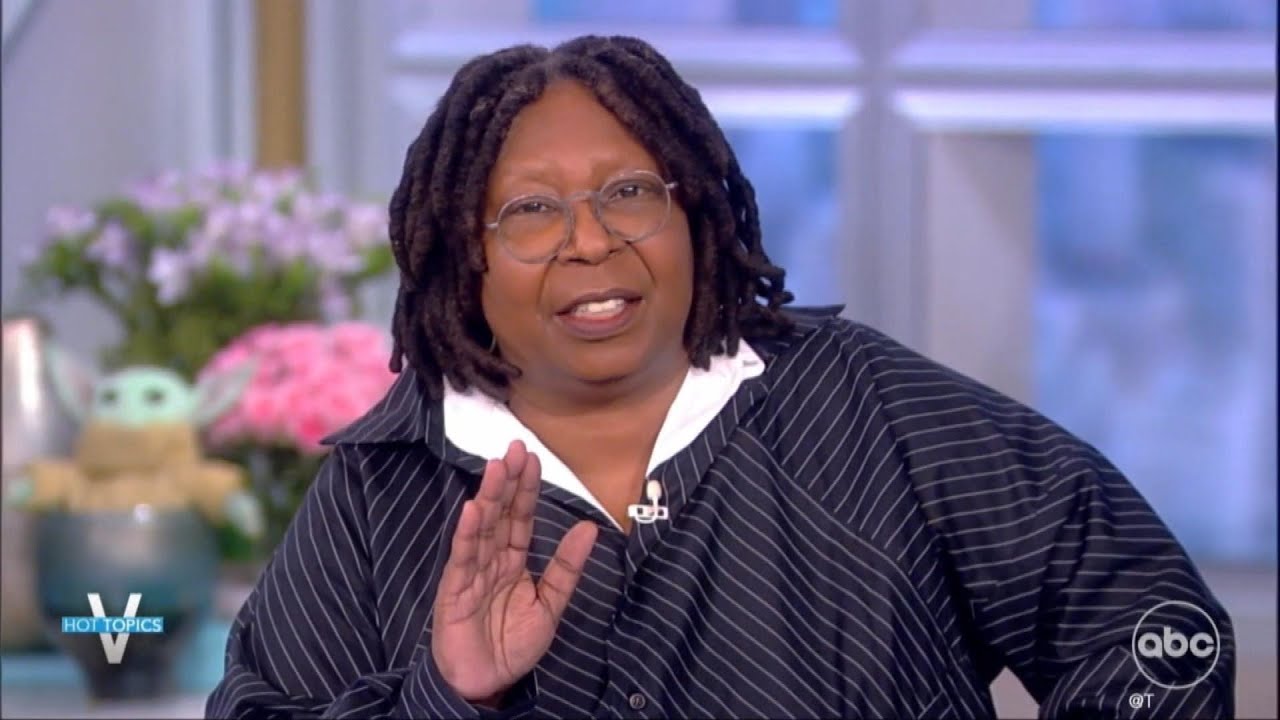
 Entertainment1 year ago
Entertainment1 year agoWhoopi Goldberg’s “Wildly Inappropriate” Commentary Forces “The View” into Unscheduled Commercial Break
-
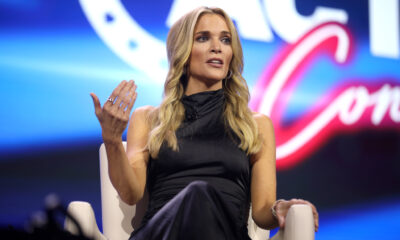
 Entertainment11 months ago
Entertainment11 months ago‘He’s A Pr*ck And F*cking Hates Republicans’: Megyn Kelly Goes Off on Don Lemon
-

 Featured1 year ago
Featured1 year agoUS Advises Citizens to Leave This Country ASAP
-
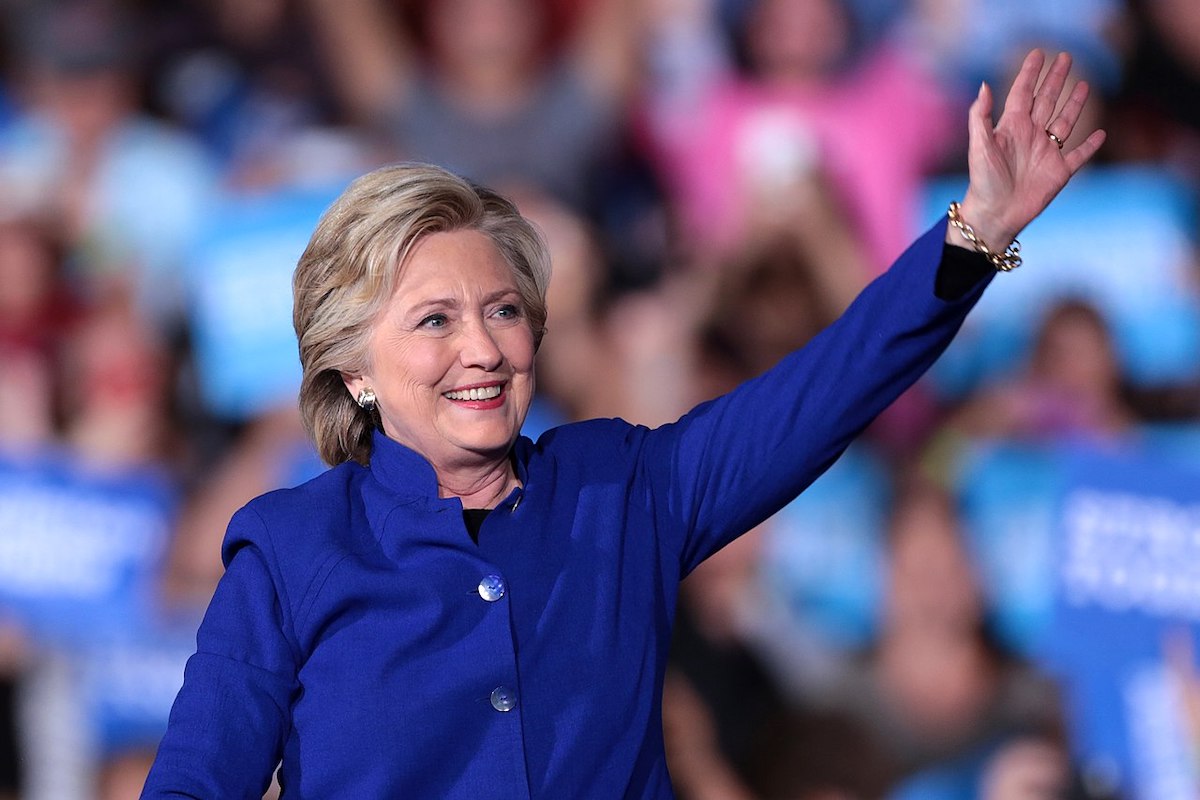
 Featured1 year ago
Featured1 year agoBenghazi Hero: Hillary Clinton is “One of the Most Disgusting Humans on Earth”
-

 Entertainment9 months ago
Entertainment9 months agoComedy Mourns Legend Richard Lewis: A Heartfelt Farewell
-
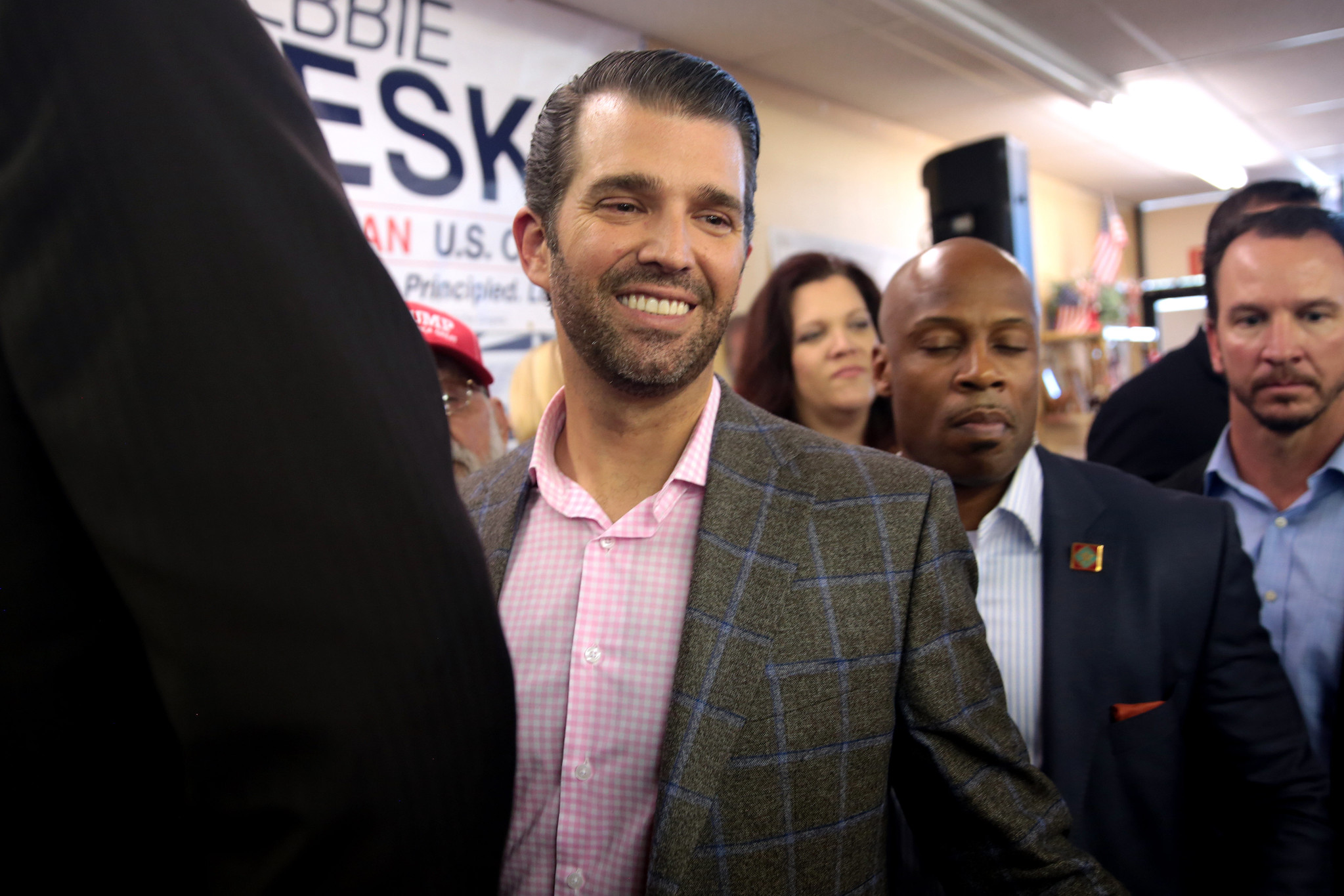
 Featured1 year ago
Featured1 year agoFox News Calls Security on Donald Trump Jr. at GOP Debate [Video]
-
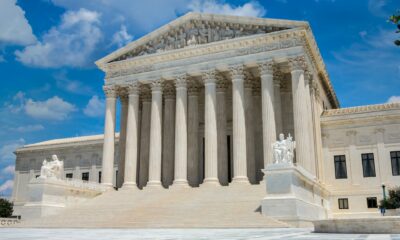
 Latest News9 months ago
Latest News9 months agoSupreme Court Gift: Trump’s Trial Delayed, Election Interference Allegations Linger
-

 Latest News9 months ago
Latest News9 months agoNude Woman Wields Spiked Club in Daylight Venice Beach Brawl
Troy
November 17, 2023 at 7:17 pm
More dumbassbiden crap.
Nate
November 17, 2023 at 7:29 pm
Release Grizzleys in D.C. that’s a good place, put some at the border too!
JOSEPH ZBYLSKI
November 17, 2023 at 8:11 pm
Reintroduction of grizzly bears on U.S.Public lands and managed by the US FISH&Wildlife Service/State Fish&Wildlife Service has been an environmental rewarding and scientific successful endevore in other Western states. Opposition by fiscally impacted Agriculture/Livetock interests who have profited for too many years via there access to PUBLC LANDS can be reasonably mitigated. Big Bad Bear safety issues can be managed by the local FWS/State FWS. Bears & Wolves(managed) have a place in our Western Public lands. JRZ
Steve Gitchel
November 17, 2023 at 8:30 pm
Put them I DC
Jim
November 17, 2023 at 10:06 pm
Hey, it’s a good way to clean up the tourist problem. Next on the list — Velociraptors and T-Rex’s! They were ‘native species’ also. Good for the environment and population control all in one.
WilliamDevine
November 17, 2023 at 10:35 pm
Release them in the Washington, DC and Delaware area instead.
D Buck
November 18, 2023 at 8:34 am
Release a couple of grizzly bears in Hugh Morrison’s backyard and see how he co-exists with them. Not a smart idea for the bears, the people or the other animals.